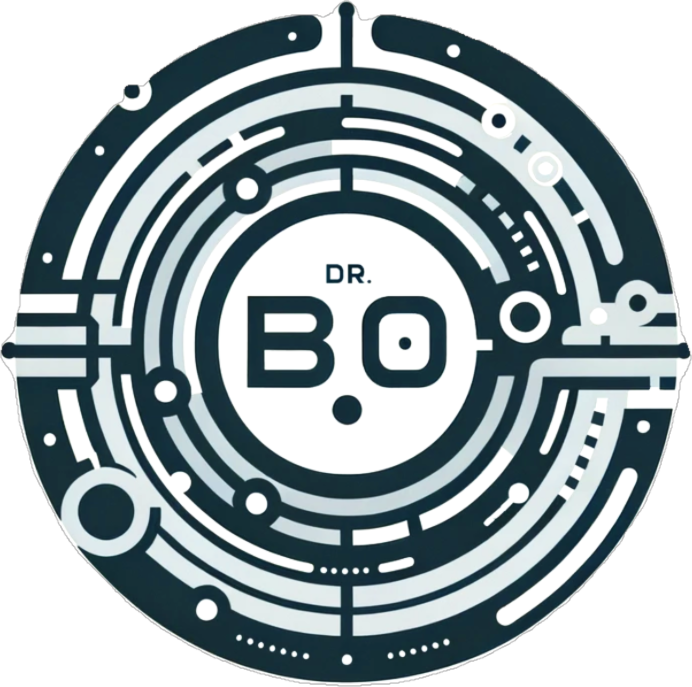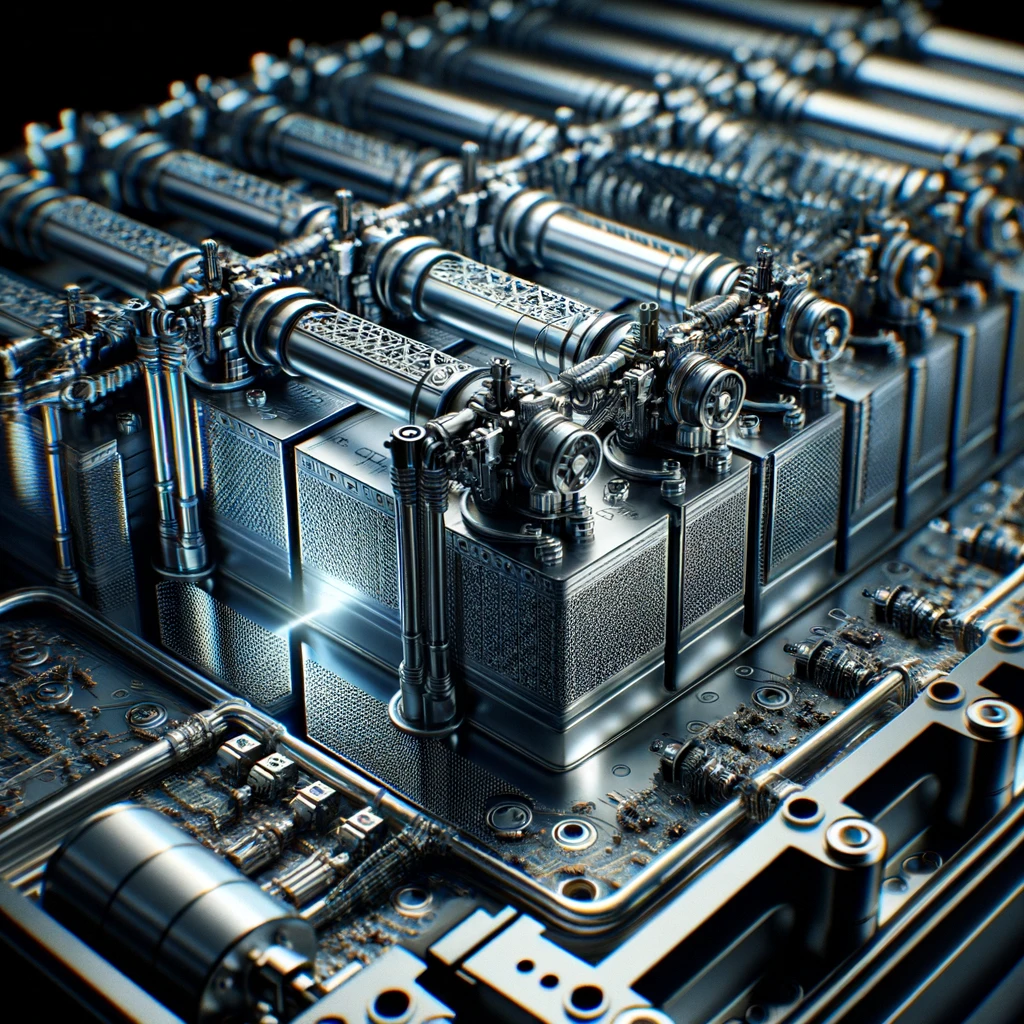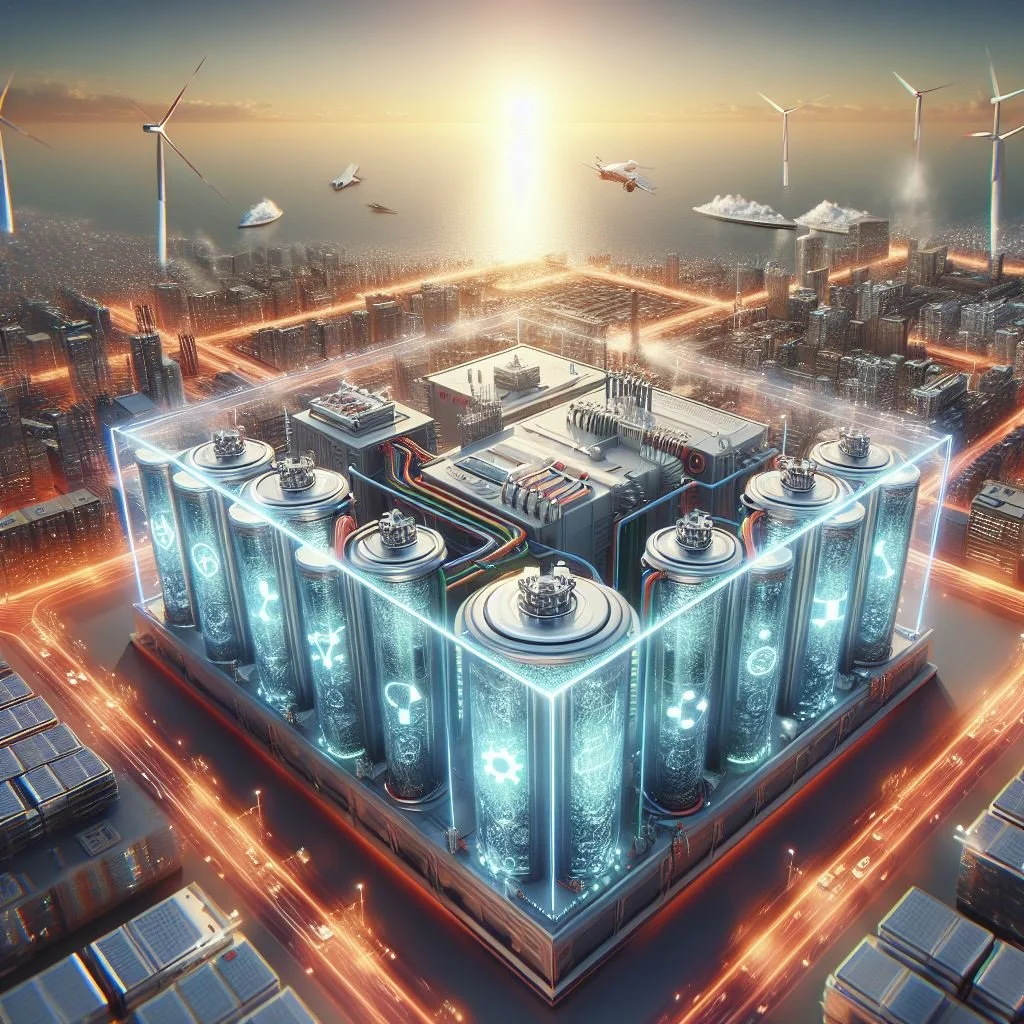From Lab to Market: The Exciting Journey of Sodium-Ion Battery Innovations
Image by DALL-E
This comprehensive post aims to shed light on the promising developments and capabilities of sodium-ion batteries (SIBs) as a viable and sustainable substitute for lithium-ion batteries (LIBs) in various domains, including light electromobility and extensive energy storage systems. We will examine the chemistry, efficacy, and current research surrounding SIBs, emphasizing crucial advancements and methods to improve cathode-active materials. Moreover, the challenges, future outlook, and leading companies in the sodium-ion battery sector as of 2023 will be discussed.
I. Introduction
Sodium-ion batteries (SIBs) are gaining traction as an effective solution for energy storage, attributed to their cost-effectiveness and the widespread availability of sodium. Sharing chemical properties with lithium-ion batteries (LIBs), SIBs present an environmentally friendly and sustainable option for various applications. This exploration into SIBs will focus on understanding their electrochemical performance and the techniques employed to enhance cathode active materials, aiming to boost energy density and ensure durable cycling performance.
II. The Dominance of Lithium-ion Batteries
Lithium-ion batteries have been the frontrunners in the battery market, favored for their compactness and lightweight. The energy density of batteries, a key indicator of their technological advancement, measures the amount of energy they can store per unit size. Due to their portability, lithium-ion batteries are preferred for devices such as smartphones, laptops, and electric vehicles (EVs).
This dominant position has spurred ongoing improvements, reducing costs and enhancing energy capacity. For instance, CATL, a China-based company, emerged as the leading lithium-ion battery manufacturer with a market share of nearly 37%, followed by BYD at 15.9% and LG Energy Solution from South Korea at 14%.
The lithium-ion battery market is expanding not only in value but also in capacity. The demand for automotive lithium-ion batteries surged approximately 65% to 550 GWh in 2022, up from around 330 GWh in 2021, driven primarily by the growth in electric passenger car sales. The market is projected to grow by USD 198.26 billion from 2023 to 2027 at a CAGR of 31%, with significant contributions from the lithium nickel manganese cobalt segment. Lithium ion battery manufacturers 2023, Trends in batteries – Global EV Outlook 2023 – Analysis, Lithium-ion Battery Market Share, Size Report 2024-2032
III. Exploring Alternatives: Sodium-ion Batteries
Despite the widespread success of lithium-ion batteries, the pursuit of alternative technologies is ongoing. Sodium-ion batteries have surfaced as a formidable contender to lithium-ion technology, offering an economically viable and environmentally friendly option. Sodium's greater abundance and lower cost than lithium make it an appealing choice for widespread energy storage and light electromobility applications.
Sodium-ion Battery Chemistry
Sodium-ion batteries function like lithium-ion batteries, with sodium ions moving between the anode and cathode during the charging and discharging processes. The primary distinction is in the material composition. Sodium-ion batteries employ sodium ions instead of lithium, paving the way for creating innovative cathode-active materials. These materials have the potential to achieve voltages and energy densities similar to their lithium counterparts. Sodium-ion battery
Advancements in Cathode Active Materials for Sodium-Ion Batteries
A targeted approach is essential for optimizing the cathode active materials to boost the electrochemical performance of sodium-ion batteries. This has led researchers and companies to innovate in new materials incorporating sodium ions into their lattice structures. Such advancements are pivotal in achieving high storage capacities and efficient energy utilization. Layered transition metal oxides and polyanionic compounds are gaining attention in the sodium-ion battery field. These materials are favored for their stability, high thermal resistance, and the formation of strong covalent bonds. Layered Oxide Cathodes for Sodium-Ion Batteries: Storage Mechanism, Electrochemistry, and Techno-economics
Sodium-ion Batteries in Large-Scale Energy Storage
A key advantage of sodium-ion batteries is their suitability for extensive energy storage applications. The abundant supply and economic viability of sodium render it a compelling choice for grid-level energy storage systems. These batteries can offer load-leveling features, high efficiency, and prolonged cycle life, crucial for efficiently storing energy derived from intermittent renewable sources such as wind and solar power. Sodium-ion Batteries as the Future of Renewable Energy Storage, The research and industrialization progress and prospects of sodium ion battery
Sodium-ion Batteries in Light Electromobility
Beyond their role in energy storage, sodium-ion batteries are emerging as a promising option for light electromobility applications, including electric vehicles (EVs). Although EV battery requirements are more stringent than stationary storage, sodium-ion batteries have made notable strides in energy density and specific capacity. Advances in cathode materials, particularly with layered transition metal oxides and polyanionic compounds, have enhanced the viability of sodium-ion batteries in the competitive commercial market. Progress in electrode materials for the industrialization of sodium-ion batteries, Opportunities for moderate-range electric vehicles using sustainable sodium-ion batteries - Nature Energy
Image by DALL-E
IV. Top Companies Leading the Sodium-ion Battery Revolution in 2024
As sodium-ion battery technology advances, several companies are at the forefront of driving innovation and progress. Here’s a look at some key players shaping the future of sodium-ion battery research and development in 2023:
HiNa Battery Technology Co., Ltd.: Pioneers in Sustainable Sodium-ion Batteries
HiNa Battery Technology Co., Ltd. is a leader in sodium-ion battery research, emphasizing sustainable and eco-friendly solutions. They focus on developing new cathode materials with high energy density, extended cycle life, and cost-efficiency. With its expertise in materials science, HiNa Battery Technology is dedicated to enhancing the performance of sodium-ion batteries for diverse applications, including electric vehicles (EVs) and grid-scale energy storage systems.
Northvolt: Advancing Sodium-ion Batteries for EVs
Swedish company Northvolt is making notable progress in sodium-ion battery technology, especially for EVs. They concentrate on enhancing sodium-ion batteries’ energy density and specific capacity, aiming to meet the rigorous demands of EVs. In November last year, Northvolt announced a breakthrough in energy density, achieving over 160 watt-hours per kilogram at Northvolt Labs in Västerås, Sweden. Collaborating with top research institutions and employing state-of-the-art manufacturing techniques, Northvolt is committed to hastening the commercialization of sodium-ion batteries in the automotive sector.
Indi Energy: Transforming Grid-Level Energy Storage
Based in India, Indi Energy focuses on transforming grid-level energy storage through sodium-ion batteries. They are developing advanced cathode materials with high energy density, longevity, and improved safety. Utilizing its expertise in system integration and energy management, Indi Energy aims to provide sodium-ion battery solutions that enhance the use of renewable energy and facilitate effective grid management.
Natron Energy: Scaling Sodium-ion Battery Production
Natron Energy in the United States is geared towards increasing the production scale of sodium-ion batteries to cater to the burgeoning demand for energy storage solutions. They invest in large-scale manufacturing and refining production processes for cost-effectiveness and quality assurance. By optimizing the supply chain and collaborating with industry partners, Natron Energy is working to make sodium-ion batteries more accessible and commercially viable.
V. Future of Sodium-ion Batteries
The evolution of energy storage is increasingly leaning towards developing and commercializing sodium-ion batteries. Given their cost-effectiveness, abundant resources, and potential for high energy density, these batteries are a viable solution for various applications. Continuous research and partnerships among companies, academic institutions, and governmental agencies are propelling advancements in cathode materials, system integration, and manufacturing techniques. As we progress towards a more sustainable future, sodium-ion batteries are set to play a pivotal role in revolutionizing energy storage and electromobility.
Image by DALL-E




